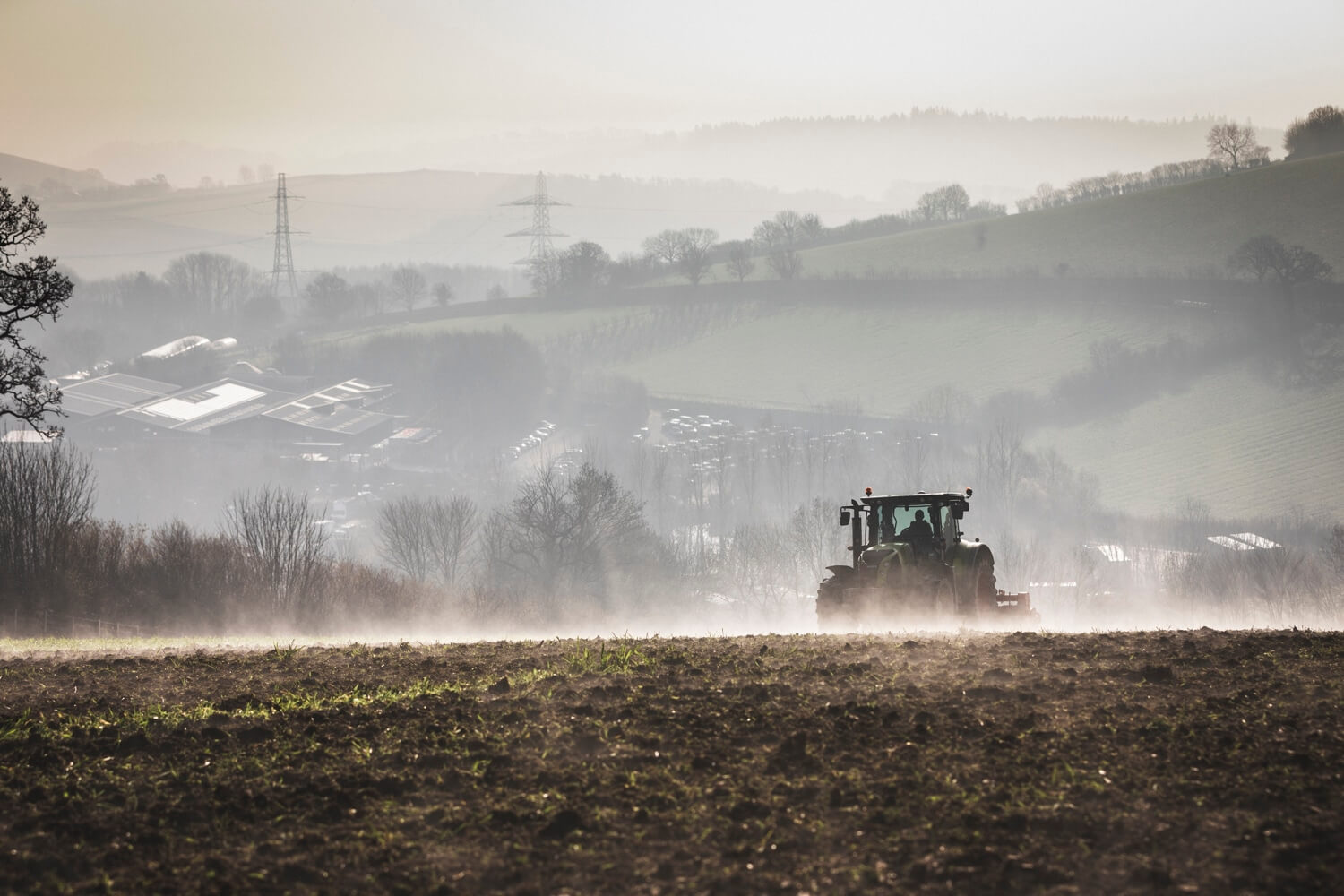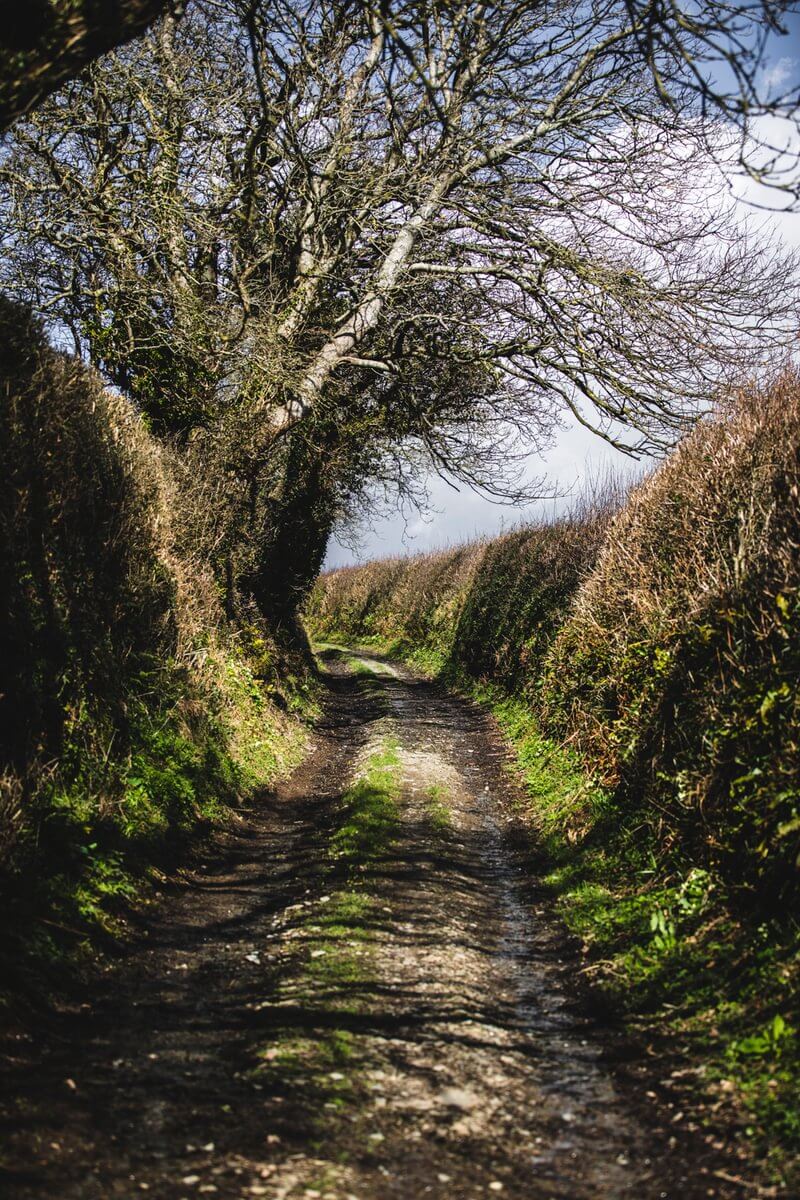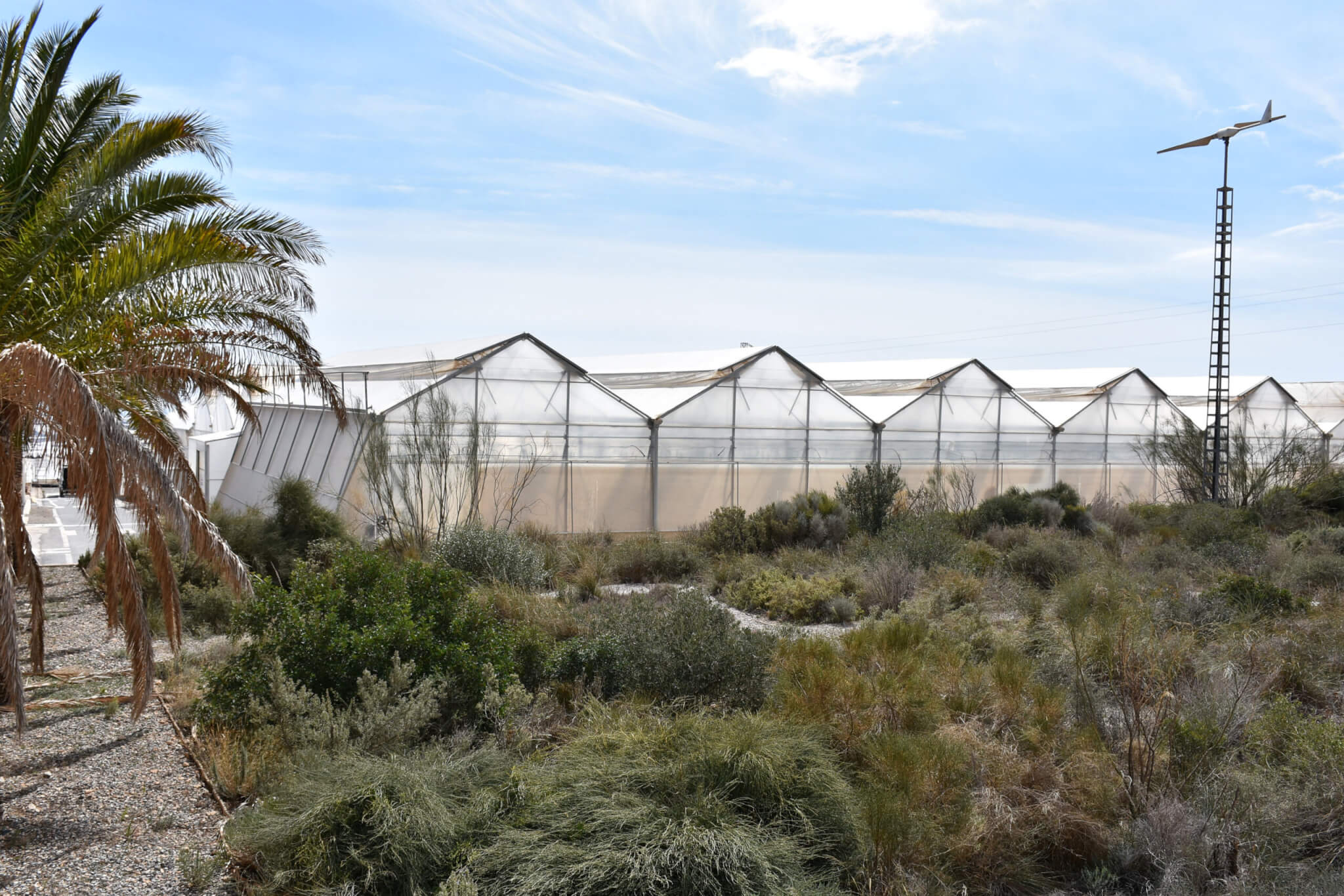For millennia, ploughing has been used to clear crops and create weed-free seedbeds. As the centuries passed, crude wooden tooth shears were replaced by curved steel, which inverted the furrows more efficiently. Horses, mules, and oxen were replaced by tractors, which could work faster and dig deeper. But the arrival of cheap, effective herbicides (especially glyphosate), paired with concerns about the environmental impact of such violent soil disturbance, has led to questioning of the once-noble art of ploughing.
It was traditional to plough in autumn or early winter, leaving the upstanding furrows exposed to frost. Repeated freezing and thawing fractured the coarse clods, then requiring just a light harrowing to prepare the soil for spring crops. An acre was originally defined as the area one horse could plough in a day.
But in 1946, the first Ferguson TE20 ‘Fergie’ tractor was made in Coventry. With its 20-horsepower engine, affordable price, and revolutionary hydraulic three-point linkage for attaching ploughs, the Fergie soon displaced draft horses and opened the doors to modern agriculture.
Today, a 200-horsepower tractor can plough 30 acres a day; much faster than the horse it has replaced, but it is seven times less efficient in terms of energy. The modern plough will invert 20-25cm of soil, compared to the 10cm inverted by horse. In many cases, it is only necessary to plough so deeply to remove the compaction and soil damage caused by such heavy machinery in the first place.
With some justification, ploughing is increasingly seen as a plague on soil health; damaging fragile earthworms and fungal hyphae, increasing carbon loss, and leaving soil, without living roots, vulnerable to erosion and nutrient depletion during heavy rain. Indeed, large-scale ‘regenerative agriculture’ is chiefly defined by avoiding ploughing as a means to remove vegetation, often replacing it with the world’s favourite herbicide, glyphosate (which kills all plants right down to the root tips).
An advance for mankind? The evidence is not clear. I am not wholly convinced that ploughing is always bad, and I suspect, even without considering the health impacts of glyphosate, that ploughing would compare more favourably if we simply reduced the depth.













0 Comments